Date: 10 July 2013
The company supplies across the MENA region, and Denis Wright is the company’s Chairman.
In a world of limited resources, it was the ancient glass industry of the Middle East that pioneered recycling – just as, millennia before, glass was invented in the Middle East.
Early Islamic glass was traded as far as South East Asia, China and Europe. The Middle East, prior to the Romans, was the cradle of the glass-making industry. It was compared to gold in the Bible. (Job 28:17)
However, as archaeologists have found, glass was also widely shipped as molten lumps or as bits and pieces of broken vessels and containers.
That allowed glassmakers to inexpensively recycle old glass into new products, but also created problems for modern researchers looking to determine a place or date of origin from excavated glass – from, for example, prolific sites in Cairo, Samarra in Iraq or Nishapur in Iran.
In millennia to come, the archaeologists of the far future will face the same problem. Although the Middle East is now a major producer of glass for commercial, residential and consumer applications, the region also imports specialist glass and glazing systems, including from Wrightstyle.
The MENA glass and glazing industry is experiencing significant growth because, of course, glass is such an integral element in modern building design. It’s estimated that a total of $4.3trillion will be spent on construction in the MENA region over the next decade.
Building projects worth more than $68.7bn were completed in the GCC last year, according to a report commissioned by Ventures Middle East, a growth of 48% compared to 2011 when $46.5bn of projects were completed.
Moreover, the market is forecast to grow by a further 19% in 2013 with the value of completed projects set to reach $81.6bn. It’s also estimated that the value of new projects set to start on site is likely to climb by a third to $64.5bn in 2013, up from $48.4bn in 2012. Growth is being fuelled by population increases, economic growth and diversification – and, of course, such events as the 2022 FIFA World Cup in Qatar.
Indeed, Qatar is one of the fastest-growing construction markets. Altogether, some 300 regional projects worth some $143 billion are in the design, planning or bidding phases, according to GGF MENA, the regional arm of the UK-based Glass and Glazing Federation.
Other markets for potential short- and medium-term growth, particularly Iraq and Egypt, will depend on social and political stability. In Libya, according to the African Development Bank, thanks to a resumption of oil production, the country’s economy saw GDP growth of 95.5% in 2012 against a contraction of 59.7% in 2011.
Again emphasising how political and social stability is so important, the IMF’s forecast for Libya is 20.2% growth in real terms for 2013, and 10.1% for 2014. And that, according to observers, will quickly translate into new infrastructure and building projects to diversify the economy and create employment.
Compare relative stability, with the situation in Syria. Before the crisis, the Syrian economy was worth about $60bn. There used to be a budget deficit of between 3-5% of gross domestic product (GDP). This year, the forecast is for a budget deficit of 745 billion Syrian pounds (around $10bn) - more than one-sixth of GDP.
Across the MENA region, the sharpest increases in new projects are likely to be in the hospitality, education and medical sectors, with the number of hospitality construction projects set to grow by 27% to $27bn, educational projects to grow by 69% to $8.8bn and medical projects by 79% to $5.9 bn.
Residential and commercial property markets are also set to grow – the latter by some $13.8bn. According to Capital Markets, the independent research company, the Gulf economies are on course to outperform the rest of the region over the next year or so, although weak oil production will act as a drag on growth in 2013.
But increased government spending should help to offset this. In a regional turnaround, according to accountancy firm Deloitte, the UAE has overtaken Saudi Arabia as the biggest construction market in the Middle East for the first time since 2008, with US$16.2 billion of contracts awarded last year.
The UAE’s total spending on construction contracts was 4% higher last year than the Saudi total, which reached $15.6bn - the first time in the past four years that Saudi Arabia has not topped the ranking.
Going back to our archeologist of the future, at Wrightstyle we have seen an upturn in demand for our specialist glazing systems – partly driven by more stringent fire and building regulations, and greater recognition that the suppliers of such specialist systems need not come from the Middle East.
Steel glazing technologies have advanced so rapidly, both for the glass and its framing systems, that there are only a limited number of companies worldwide able to meet the stringent requirements of the most sensitive of projects.
For example, we have carried out successful bomb testing for a project in Qatar – not just a computer simulation, but detonating 500 kg of TNT-equivalent explosive adjacent to our glazed assembly, the size of a lorry bomb.
While it wasn’t part of the contract specification, we then moved in closer and detonated the equivalent explosive of a car bomb. It may have been a smaller explosive charge but, being closer, generated a larger shock-wave. That too was successful.
We have been involved in commercial, retail and transportation projects across the Middle East, from Egypt to the UAE and from Qatar to the Lebanon, underlining also how specifiers are increasingly recognising that both the glass and its framing system should be supplied as one integrated and tested component.
The fact is that in an emergency situation, from fire, ballistic or explosive attack, the glass will only be as good as its framing system, and vice versa. If one fails, both fail – with potentially devastating consequences.
The continuing growth in MENA construction bodes well for the building and glass sectors. However, in such a globalised market, with glazing systems being supplied internationally, it won’t make our future archeologist’s job any easier.
Ends
For further information: Jane Embury, Wrightstyle +44 (0) 1380 722 239 jane.embury@wrightstyle.co.uk
Media enquiries to: Charlie Laidlaw, David Gray PR Charlie.laidlaw@yahoo.co.uk +44 (0) 1620 844736 (m) +44 (0) 7890 396518


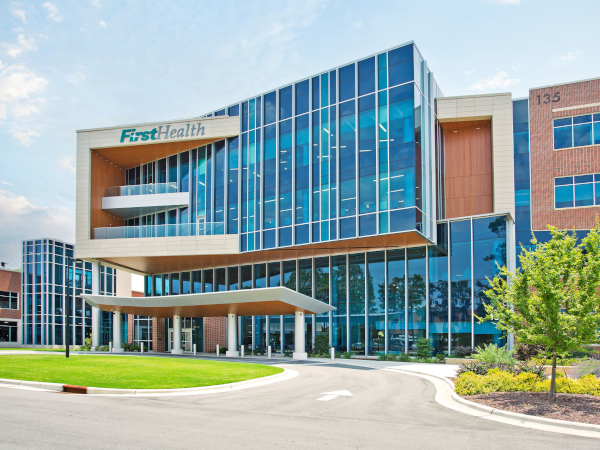
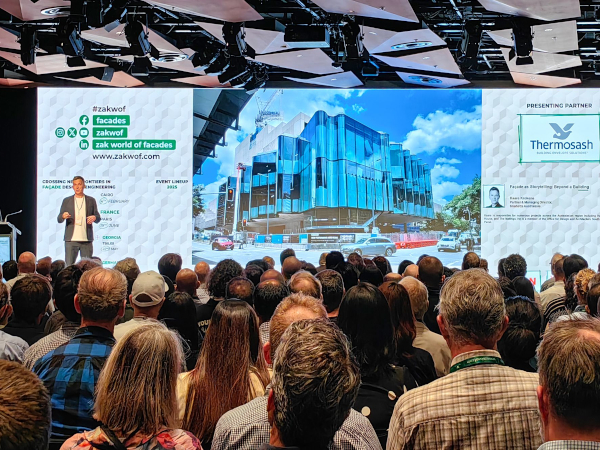
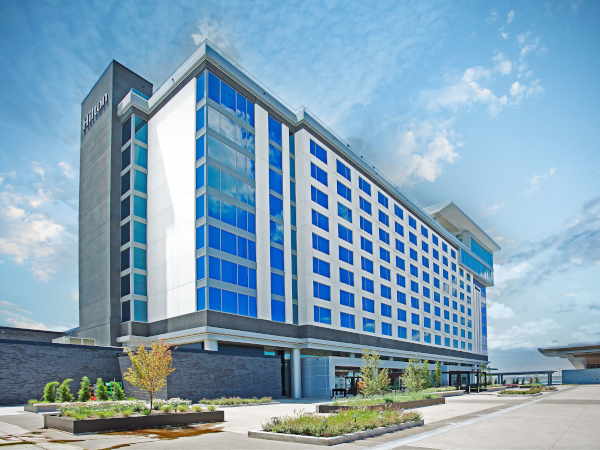

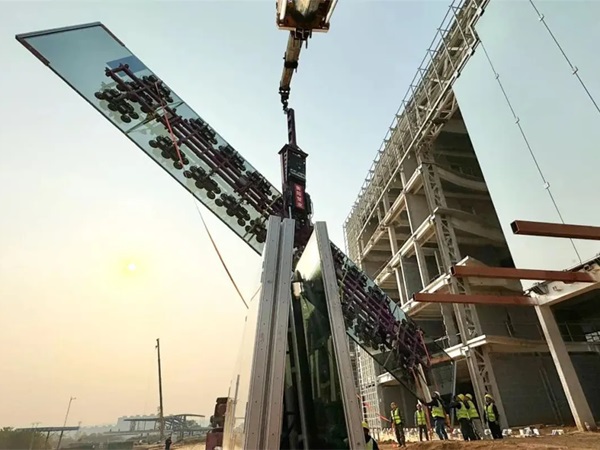


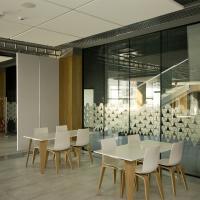
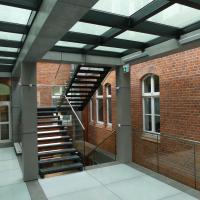


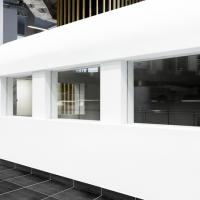
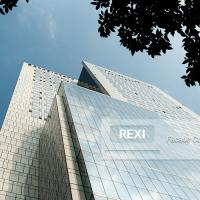
Add new comment